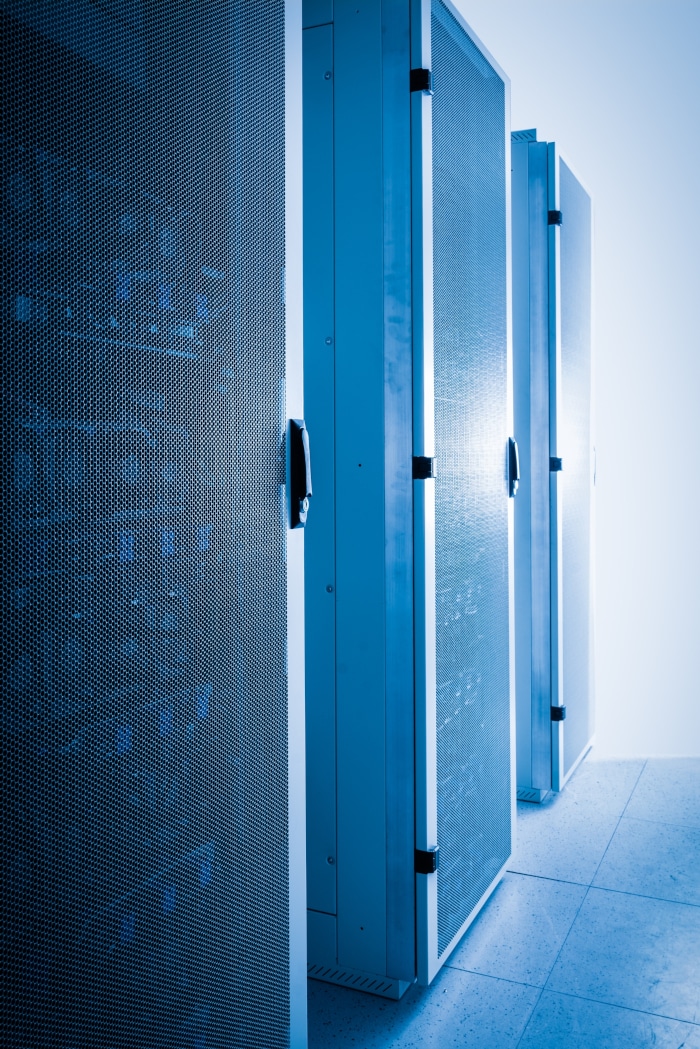What Is Interconnectivity?
Interconnectivity refers to the ability of different computer systems, networks, devices, applications, clouds, and infrastructures to connect with and communicate with each other directly.
It’s a direct cable link within a data center that connects two customer hardware assets, often using fiber optic or copper cables. This Layer 1 connection facilitates private, secure, high-speed integration between colocation setups and various network and cloud providers within the same ecosystem, promoting efficient data exchange and low-latency system interactions.
Why Is Interconnectivity Needed?
These direct connections provide faster processing, lower latency, and more reliable connectivity compared to linking through the public internet. A private dedicated connection cuts out hops and bottlenecks, reducing lag.
This is critical for applications like video streaming, voice-over-internet protocol (VoIP) calls, online gaming, and accessing cloud services. Interconnectivity allows organizations to link their own IT infrastructure with external services and partners securely and efficiently. For example, a company could have its private servers interconnected with multiple cloud services to scale capacity without using the public internet.
Benefits of Interconnectivity
Overall, interconnectivity delivers performance, reliability, security and flexibility for organizations that must integrate their systems and access provider networks. As technology ecosystems grow more complex, interconnectivity is crucial for seamless communication between individual systems and services.
Improved Performance
Reduce latency with a direct connection, eliminating the need to travel through external networks.
Enhanced Security
Lower the risk of a data breach with a private data pathway that bypasses the public internet.
Increased Reliability
Limit disruptions by avoiding external networks, network congestion, and bottlenecks.
Why Would an Organization Use Cross Connects?
An organization may need to:
- Access data and applications stored remotely by connecting to cloud computing networks
- Analyze real-time data streams by connecting sensors, databases, and analytics software
- Scale on-demand processing power by distributing workloads across interconnected servers and data centers
- Maintain high availability of services and data by eliminating single points of failure through interconnectivity
How to Choose Interconnectivity in a Data Center
- Speed: What are my networking and connectivity needs? How important is latency?
- Carriers: What types of networks and services does the provider offer?
- Security: What are the security measures for interconnectivity services?
- Scale: Can we scale up if our needs grow?
- Support: What monitoring and management support is included? What service level agreements are available for reliability and uptime?
Benefits of Cross Connects from Evocative
- On-site remote support: Expert technicians are always available 24/7/365, guaranteeing 100% uptime SLA
- 140+ carriers: Offering the top telecom and cable providers
- Increased speed and reliability: Experience the high performance of a direct private connection to your selected service provider
- Volume and bundle discounts: Evocative offers discounts for multiple interconnection services
- Effortless intra-building connection: Direct connections with Evocative are easy and can be provisioned a week or less
- Various media options: Single-mode fiber, multi-mode fiber, CAT 5e/6 copper, POTS, COAX, and wavelength services
Strengthen and Secure Network Connections with Cross Connects from Evocative
The ability to connect to the right service providers, customers, and business partners is critical to success. Evocative Cross Connects deliver reliable and secure interconnectivity by providing direct, dedicated, private connections between entities across every Evocative site.
For more than 20 years, Evocative has provided customized IT solutions to global organizations. With 24 data centers and 32 points of presence across the United States, Europe, and Asia and 68,000 servers under management, we can serve businesses of all sizes and industries.

